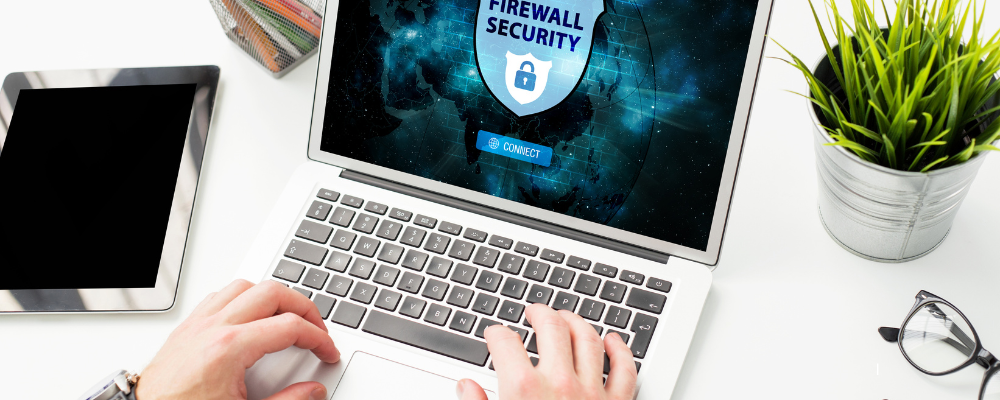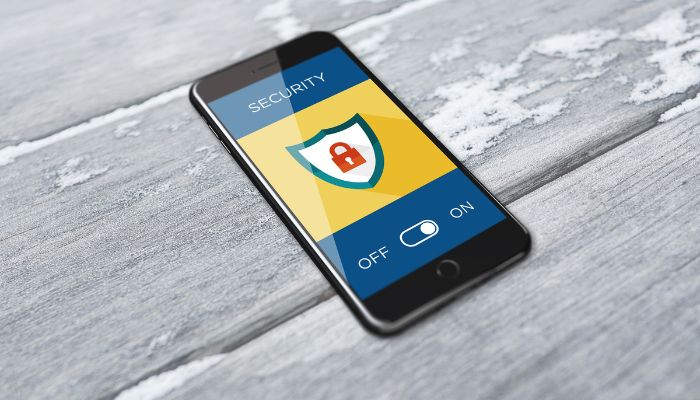
1. Use Strong, Unique Passwords
One of the most effective ways to protect your online accounts is by using strong, unique passwords. A weak password makes it easy for hackers to gain access to your accounts.
- Create Complex Passwords: A strong password should be at least 12 characters long and include a mix of letters (both uppercase and lowercase), numbers, and special symbols.
- Avoid Using the Same Password: Never reuse the same password across multiple sites. If one account is compromised, it could lead to a domino effect, exposing your other accounts.
- Use a Password Manager: A password manager like LastPass, Dashlane, or 1Password can help you generate and store strong, unique passwords securely, so you don’t have to remember them all.
2. Enable Two-Factor Authentication (2FA)
Two-factor authentication adds an extra layer of security to your online accounts by requiring a second form of verification, in addition to your password.
- Activate 2FA Wherever Possible: Many services, including email providers, social media platforms, and online banks, offer 2FA as an added security measure.
- Use Authenticator Apps: Instead of relying on SMS codes (which can be intercepted), consider using an authenticator app like Google Authenticator or Authy to generate secure verification codes.
3. Be Cautious of Phishing Scams
Phishing is one of the most common ways cybercriminals trick people into revealing personal information like passwords, credit card numbers, or social security numbers.
- Verify the Sender: Always double-check the sender’s email address or phone number before clicking on any links or downloading attachments. Cybercriminals often disguise themselves as legitimate companies or contacts.
- Look for Red Flags: Be wary of messages that create a sense of urgency, contain misspellings, or ask for sensitive information. These are common signs of phishing scams.
- Use Anti-Phishing Tools: Some browsers and email providers offer built-in tools to detect phishing attempts. Consider using an anti-phishing extension or software for additional protection.
4. Update Your Software Regularly
Outdated software can have security vulnerabilities that cybercriminals exploit to access your data. Keeping your software up to date is essential for staying protected.
- Enable Automatic Updates: Ensure that your operating system, apps, and antivirus software are set to update automatically. These updates often contain security patches that protect you from the latest threats.
- Update All Devices: This includes not only your computer but also your phone, tablet, and any other connected devices.
5. Use Secure Networks and Avoid Public Wi-Fi
Public Wi-Fi networks are notoriously insecure, making them prime targets for hackers who can intercept your data.
- Avoid Public Wi-Fi for Sensitive Transactions: Don’t access your bank account or send personal information over public Wi-Fi. Use a secure, private network instead.
- Use a Virtual Private Network (VPN): A VPN encrypts your internet connection, making it much harder for hackers to intercept your data. Use a trusted VPN service when you need to use public Wi-Fi.
6. Secure Your Social Media Accounts
Social media platforms can be a goldmine for cybercriminals if your privacy settings are too relaxed.
- Limit the Personal Information You Share: Avoid sharing sensitive details such as your full birthdate, home address, or phone number on public profiles.
- Adjust Privacy Settings: Most social media platforms offer privacy settings that allow you to control who can see your posts, photos, and personal details. Limit access to only trusted contacts or friends.
- Watch for Social Engineering Scams: Be cautious of unsolicited friend requests or messages from unknown contacts, as these could be attempts to gather personal information or carry out scams.
7. Monitor Your Accounts and Devices
Keeping a close eye on your accounts and devices can help you spot any suspicious activity early.
- Regularly Check Account Statements: Review your bank and credit card statements for any unauthorized transactions.
- Set Up Alerts: Many banks and financial institutions offer account activity alerts via email or text message, notifying you of unusual activity.
- Enable Device Tracking: Activate tracking features on your devices (such as "Find My iPhone" or Android's "Find My Device") so you can locate them if they are lost or stolen.
8. Encrypt Your Data
Encryption is a method of converting your data into a secure format that can only be accessed by authorized users.
- Encrypt Sensitive Files: If you store sensitive information on your computer or cloud services, consider encrypting the files using encryption software like BitLocker (Windows) or FileVault (Mac).
- Use Encrypted Messaging Apps: Apps like Signal, WhatsApp, and Telegram offer end-to-end encryption, ensuring that only you and the intended recipient can read the messages.
9. Beware of Fake Websites
Fake or malicious websites are designed to trick users into entering personal information, often mimicking legitimate sites like banks or popular online stores.
- Check for HTTPS: Make sure the website you’re visiting has "https://" at the beginning of its URL, indicating that it’s secure. Avoid entering personal information on sites that don’t have this security feature.
- Look for Security Certificates: Many legitimate websites will have a padlock icon next to the URL in your browser’s address bar, indicating that the site is secure.
10. Back Up Your Data
Backing up your data ensures that you won’t lose important information in the event of a cyberattack, system failure, or accidental deletion.
- Use Cloud Backup Services: Cloud services like Google Drive, iCloud, and Dropbox allow you to back up important files and access them from any device.
- Schedule Regular Backups: Make sure to back up your data regularly, either manually or by setting up automatic backups.
